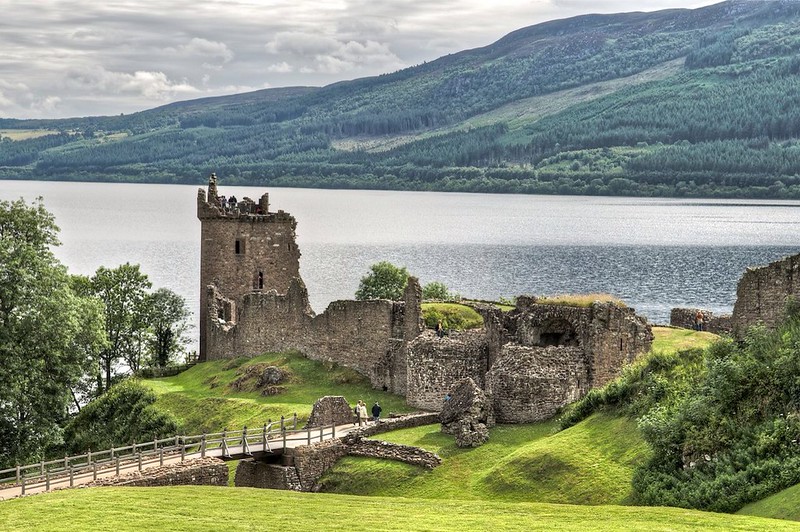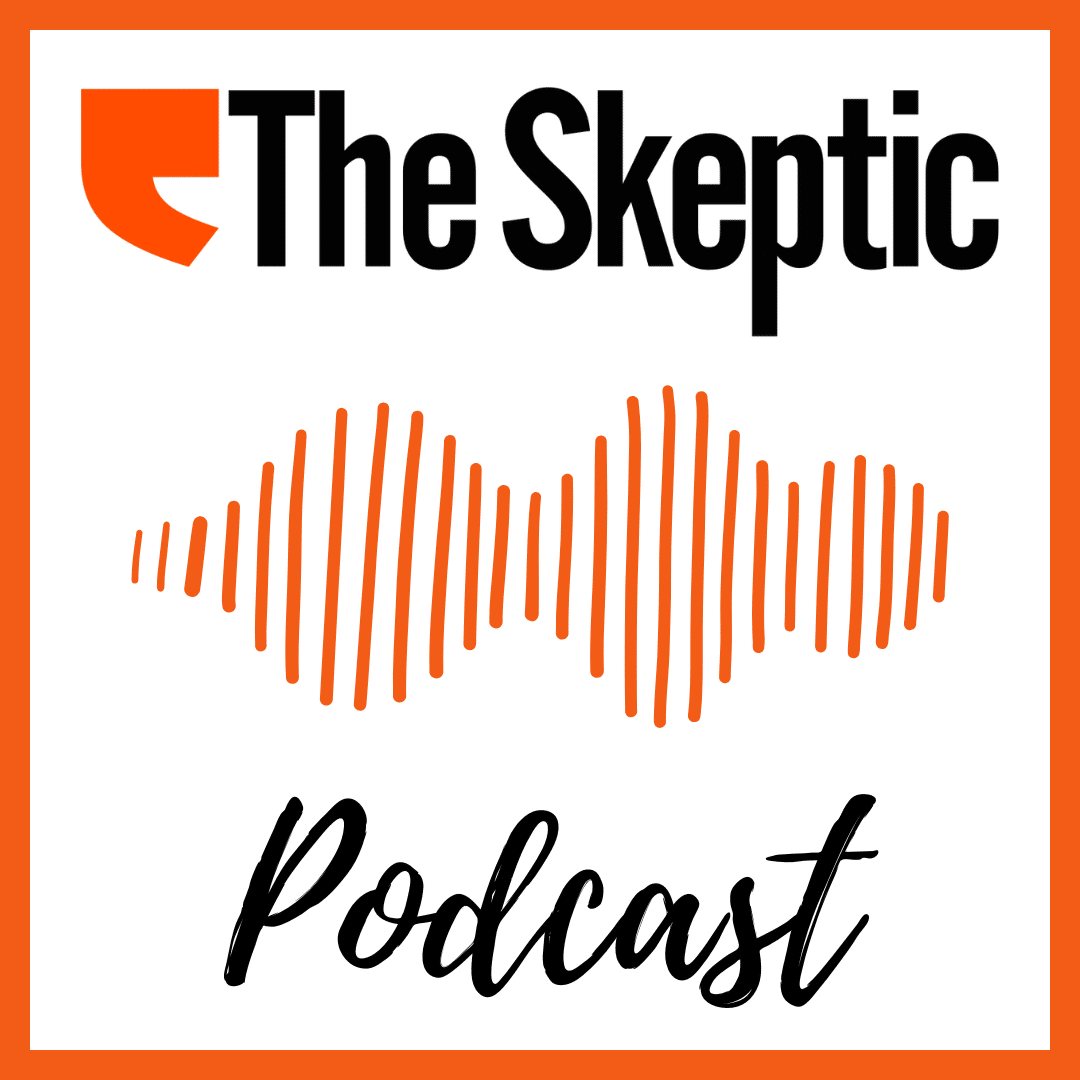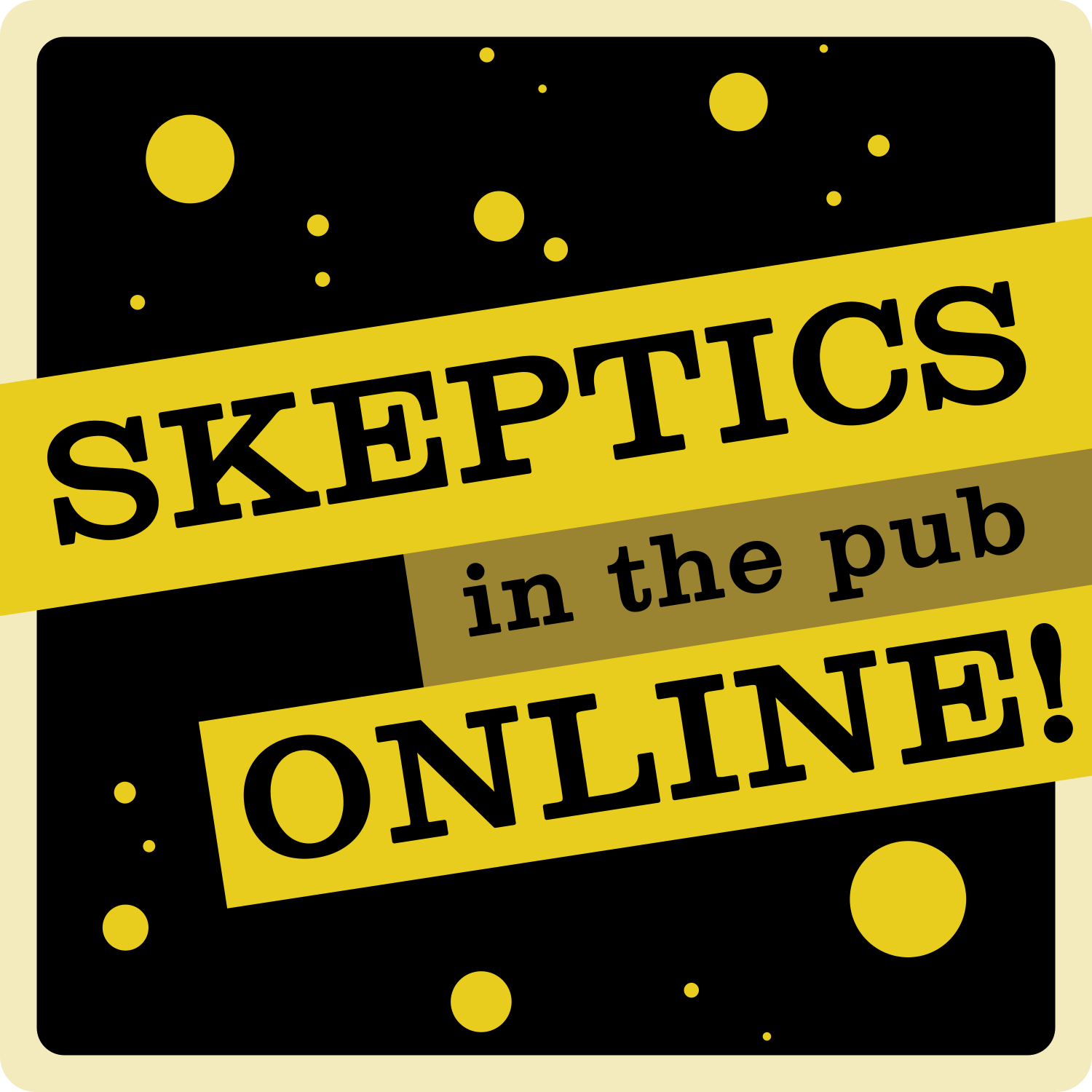This article originally appeared in The Skeptic, Volume 6, Issue 2, from 1992.
In his book The Enigma of Loch Ness (1986), Henry Bauer describes how he recalled having read long ago in a semi-autobiographical novel, that the Loch Ness Monster had been the invention of journalists. So he wrote to the author (whom he called Lester Smith) on 8 July 1980.
‘Smith’ replied (on 25 July) that, in the early 1930s, he and two partners ran a publicity service in London. One of the partners was a native of Lossiemouth, ‘not far from Loch Ness’, and he brought an account from a group of hotels ‘in that area’ who wanted publicity. Around the same time, they were offered a more important account by an estate agent in the Okanagan valley of British Columbia (in Canada).
Because they knew of reports of a monster (Ogopogo) in Lake Okanagan (which ‘Smith’ thought had been invented by the estate agent), they were reminded by the partner from Lossiemouth that a similar monster was believed to inhabit Loch Ness. Consequently they ‘arranged’ for the Loch Ness Monster to be sighted and claimed their fee. All this was hatched in their ‘board room’, the saloon bar of a pub just off Trafalgar Square!
Bauer found that this account agreed pretty well with the claim made 30 years before by ‘Smith’ in one of his books, which he did not name. Bauer implied that the instruments of the false report were a couple (the Mackays) who leased the Drumnadrochit Hotel and whose report of seeing the Monster was printed in the Inverness Courier on 2 May 1933. It was this report, conveyed by the Courier’s Fort Augustus correspondent and local water bailiff Alex Campbell, which started the modern myth of the Monster.
I learned of this tale when Bauer sent me a draft of his book in May 1984. He told me that ‘Smith’ did not want his true identity revealed because, on a previous occasion, when he facetiously claimed to have met the Wandering Jew in Sydney he was overwhelmed by correspondence.
‘Smith’ had written more than forty books, besides stories, articles and scripts, and used more than one pseudonym. Only in September 1985 did Bauer reveal that ‘Smith’ was in fact Digby George Gerahty, who wrote under the pseudonyms ‘Stephen Lister’ and ‘Robert Standish’. Bauer wondered how Gerahty had gone about arranging for the report of the Monster and whether or not he was indeed responsible for the report by the Mackays. Perhaps Gerahty was behind the report by a London company director (Mr F T Spicer) that he had seen a creature cross a road beside Loch Ness. Was Spicer Gerahty’s partner?

Bauer wondered what I could find out, and so did I. I also wondered which hotel group was involved and why they thought a report of seeing the Monster in Loch Ness would help trade at Lossiemouth 80km away! In short, I wondered if Gerahty was telling the truth; he had begun his letter to Bauer by pointing out that he wrote fiction, or ‘truth with trimmings’.
Gerahty died in 1981, and although his widow still lived in France, she could not help me. However, a 1933 London directory of press, publicity and printing personnel listed Gerahty as ‘Director of Canadian Publicity’ at Canadian Government Exhibition Buildings (or Canadian Buildings) in Blackburn Road, London. In fact Gerahty was Director of Canadian Trade Publicity in Great Britain, that is, a Canadian Government official! This explained his knowledge of Lake Okanagan. However, it seemed most unlikely that he was permitted to operate a publicity company independent of his employment. One can see how his ‘board-room’ had to be in a pub, and why it was near Trafalgar Square, where the Canadian High Commission was then located.
It began to look as if Gerahty had been economical with the truth. As he was responsible for trade publicity, it would fall to him to handle an account from someone near Lake Okanagan. However, it is certainly not true that anyone invented Ogopogo; stories about a Monster in Lake Okanagan go back to the aboriginal inhabitants. There appeared to be some confusion between Ogopogo and Nessie, and the lack of any details as to how he arranged for Nessie to be reported induced scepticism. According to Nicholas Witchell, Spicer was a director of a firm of central London tailors, Messrs Todhouse, Reynard & Co., but I have not been able to verify this.
In 1933 John Mackay and his wife were tenants of the Drumnadrochit Hotel, but their fairly modest report of a creature moving near the north-east end of Loch Ness would have been ignored if it had not been distorted and exaggerated by Alex Campbell. There is no known connection between Gerahty and Campbell. In the 1930s the hotel was owned by the Seafield Estate, whose office (now) is in Elgin, only 8 km from Lossiemouth. According to Clive Limpkin, a Daily Mail journalist who claims to have traced Mrs Mackay to a fisherman’s cottage 80km from Loch Ness, the hotel was owned by brewers, who sold it as soon as publicity made it valuable. Records show that the hotel changed hands, but not until 1935. Mrs Mackay lives in the Black Isle, not at Lossiemouth.
Nessie did not make international news until a series of articles written by journalist Philip Stalker appeared in The Scotsman in October 1933. Even then, the story would have died out if Constance Whyte had not written about it in 1957 (More Than a Legend). There is no known connection between either Stalker or Whyte and Gerahty.
I conclude that Gerahty had nothing to do with the reports from Loch Ness in 1933 and that he was claiming credit where it was not due. With some friends, and unknown to his employers, he may have run a publicity agency ‘on the side’, but none is listed in his name. It seems possible that, hearing about the reports from Loch Ness, and perhaps having an account in the area, they claimed responsibility to earn a fee. If anyone invented Nessie, it was Alex.



